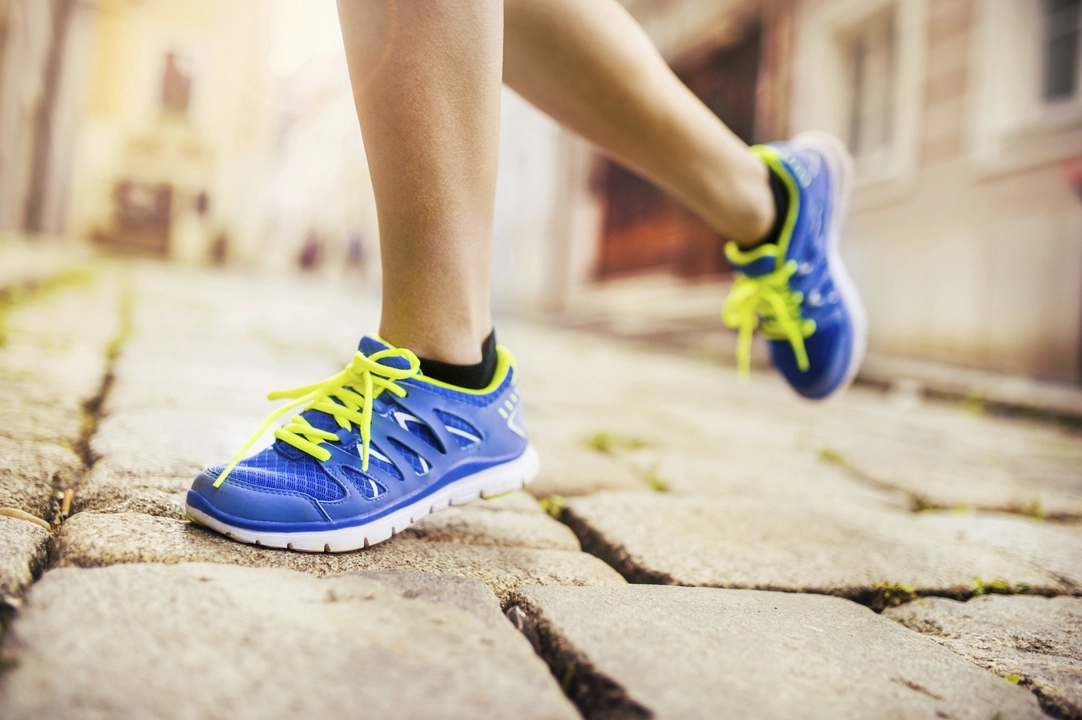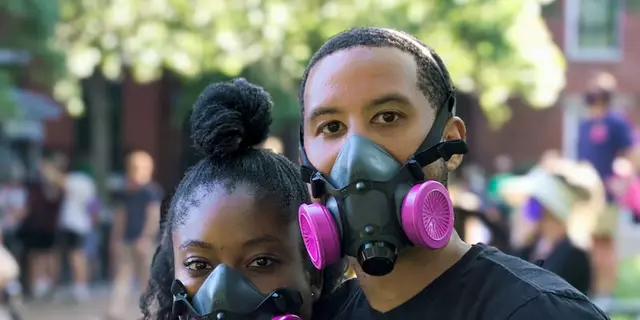Running Shoes: How to Pick, Use, and Care for Them
If you ride a bike and also hit the pavement, the shoes you wear can make a big difference. A good pair of running shoes gives you cushion for long runs, grip for mixed terrain, and enough flexibility to clip in or stay on flat pedals when you need it. Below you’ll get straight‑forward advice on picking the right pair, getting a comfortable fit, and keeping them in shape for years.
Choosing the Right Pair
First, think about where you’ll use the shoes. If most of your training is on paved roads, look for a lightweight shoe with a breathable mesh upper and a responsive midsole. If you trail‑run or ride on gravel, a shoe with a sturdier outsole and a little extra protection under the toe will feel more secure.
Fit is the next deal‑breaker. Slip one foot into the shoe, then lace it up as you would for a ride. Your heel should sit snugly, but you need a thumb‑width of space in front of the longest toe. This prevents blisters when your foot swells a bit during longer rides or runs.
Pay attention to the shoe’s drop – the height difference between heel and forefoot. A lower drop (0‑4 mm) encourages a more natural foot strike, which many cyclists love because it feels closer to barefoot riding. A higher drop (8‑12 mm) adds extra heel cushioning, helpful if you’re pounding hard‑surface roads.Don’t forget about the outsole material. Rubber with a good tread pattern gives grip on wet streets and helps with quick direction changes on trails. Some running shoes also feature a ‘rock plate’ under the foot; it protects against sharp stones and adds stability when you’re off‑road.
Keeping Your Shoes in Shape
Once you’ve got a pair you like, treating them right will stretch their life. After each ride or run, give them a quick air‑dry – no heater or direct sun. Heat can break down the glue that holds the sole, and moisture can cause the inside lining to smell.
If they get muddy, rinse them with a gentle stream of water and let them dry naturally. Avoid tossing them in the washing machine; the agitation can separate the midsole layers and ruin the shape.
Inspect the soles and the stitching regularly. Small cracks in the rubber usually mean it’s time for a new pair, especially if you’re doing a lot of trail work. Re‑lacing the shoes with fresh laces can also fix any wear that makes the fit feel loose.
Finally, rotate between two pairs if you train a lot. Giving each shoe a day off lets the foam recover and reduces the chance of developing permanent compression spots.
Bottom line: pick a shoe that matches your main surface, check the fit with a thumb‑width gap, and look after them with simple drying and rotation. With the right running shoes, you’ll feel more comfortable on both the bike and the trail, and you’ll get more miles out of every pair.

Can you wear running shoes for cycling?
As a fitness enthusiast, I've often wondered if running shoes can be used for cycling. After doing some research, I've found that while it's possible, it's not the most ideal option. Running shoes lack the stiffness and support needed for efficient power transfer while cycling. It's also important to consider that cycling shoes are designed to clip into pedals, ensuring your feet stay in place for a smoother ride. In summary, while you can wear running shoes for cycling, investing in proper cycling shoes will greatly enhance your riding experience.
View More



